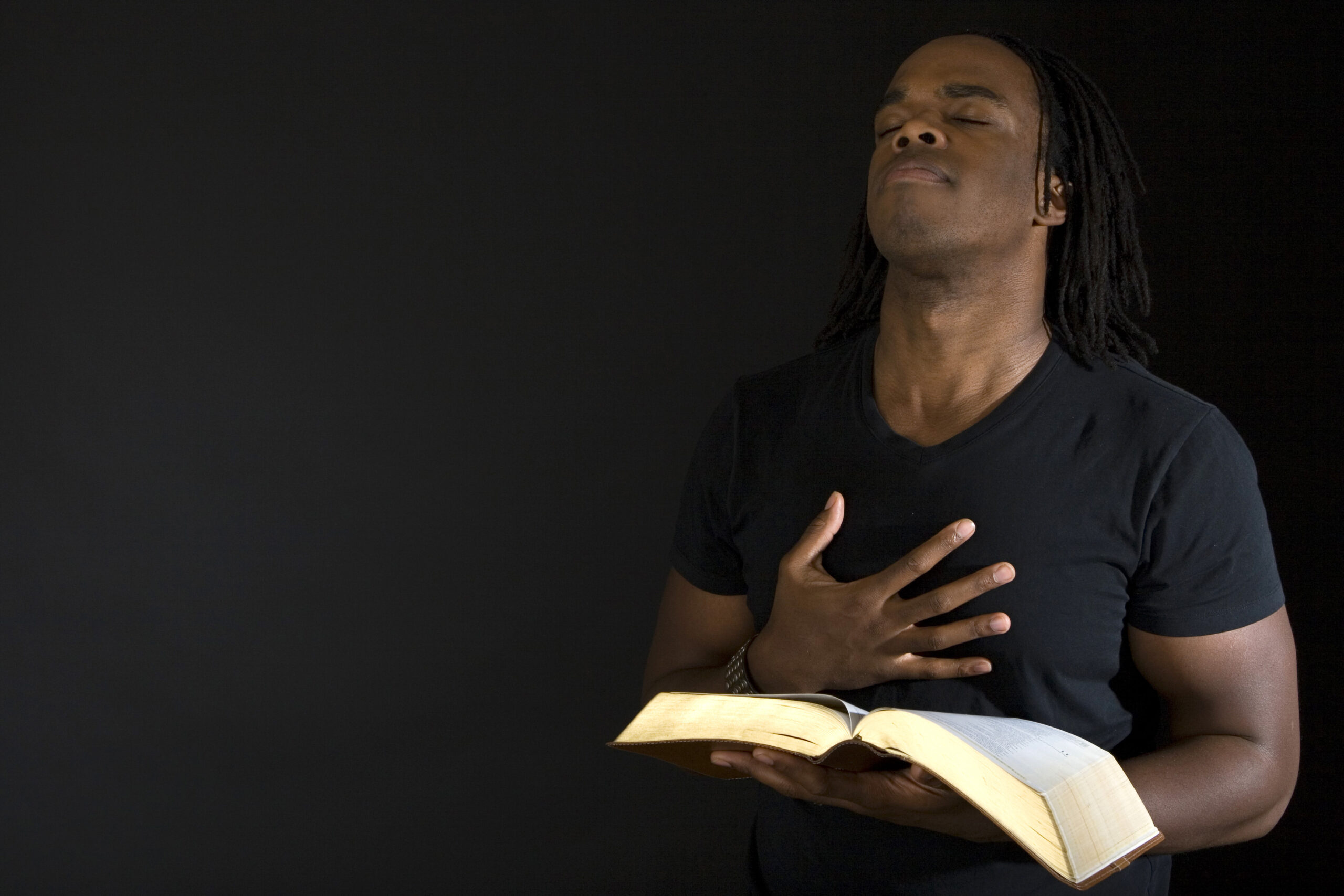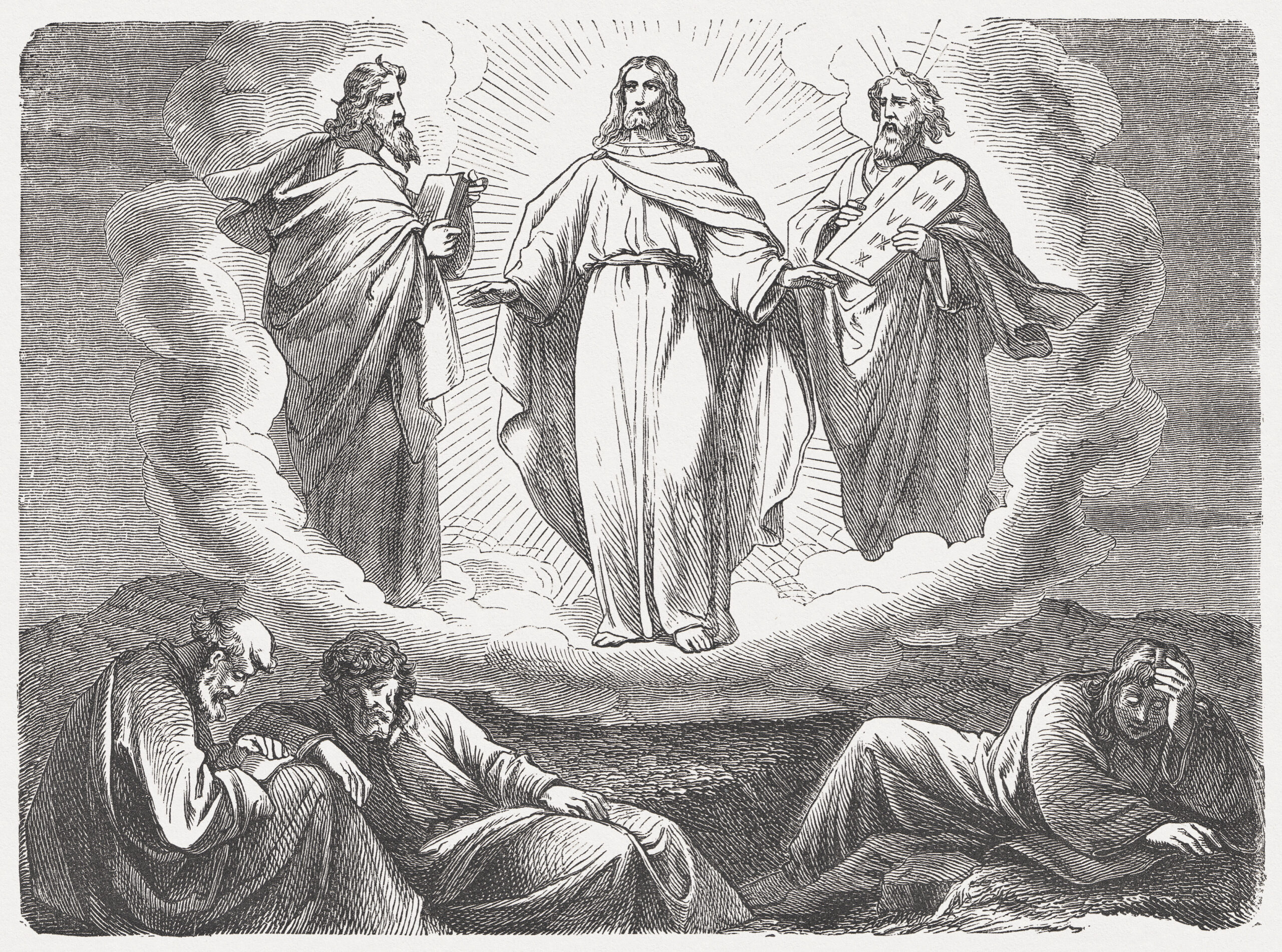The first thing I noticed about today’s First Reading was that I had no idea that Habakkuk was even a book in the Bible. The second and more important thing I noticed was how, upon a more reflective reading, it shook me to my core. The image I chose for today’s reading is a perfect portrayal of my reaction to today’s first reading.
It hit me in my soul.
Maybe it’s the Book of Habakkuk that’s got me feeling poetic, but the following words rang true in the same way echoing church bells make everyone pause for a moment.
LORD, you have appointed them for judgment,
O Rock, you have set them in place to punish!
Why, then, do you gaze on the faithless in silence
while the wicked devour those more just than themselves?
(Habakkuk 1:12,13b)
Oof. These last few months have been so much turmoil and confusion on all fronts that it leaves one wondering why our rock, our Lord, seemingly stays silent.
However, this passage is not meant to be read alone and taken out of context. In fact, I went on to read the entire book of Habakkuk (it’s only three chapters) because Habakkuk’s laments are all about questioning God about why he does not stop evildoers. God then responds to Habakkuk with His own reasons, explanations, and a hopeful prophecy. One of these explanations is that while God may allow imperfect people and corrupt situations to occur, they exist to bloom goodness for His people.
What does this mean?
It means that God allows injustices because they can lead to change and something better.
It means that the bad will pass, good can come of it, and as the last lines of the Book of Habakkuk say, although there is bad in the world, “I will rejoice in the LORD and exult in my saving God” (Habakkuk 3:18).
~
If you’re interested in learning more about the Book of Habakkuk, watch this neat video: https://www.youtube.com/watch?v=OPMaRqGJPUU. It’s surprisingly relevant!
 Veronica Alvarado is a born and raised Texan currently living in Michigan. Since graduating from Texas A&M University, Veronica has published various articles in the Catholic Diocese of Austin’s official newspaper, the Catholic Spirit, and other local publications. She now works as the Content Specialist in Diocesan’s Web Department.
Veronica Alvarado is a born and raised Texan currently living in Michigan. Since graduating from Texas A&M University, Veronica has published various articles in the Catholic Diocese of Austin’s official newspaper, the Catholic Spirit, and other local publications. She now works as the Content Specialist in Diocesan’s Web Department.




 Dakota currently lives in Denver, CO and teaches English Language Development and Spanish to high schoolers. She is married to the love of her life, Ralph. In her spare time, she reads, goes to breweries, and watches baseball. Dakota’s favorite saints are St. John Paul II (how could it not be?) and St. José Luis Sánchez del Río. She is passionate about her faith and considers herself blessed at any opportunity to share that faith with others. Check out more of her writing at
Dakota currently lives in Denver, CO and teaches English Language Development and Spanish to high schoolers. She is married to the love of her life, Ralph. In her spare time, she reads, goes to breweries, and watches baseball. Dakota’s favorite saints are St. John Paul II (how could it not be?) and St. José Luis Sánchez del Río. She is passionate about her faith and considers herself blessed at any opportunity to share that faith with others. Check out more of her writing at 

